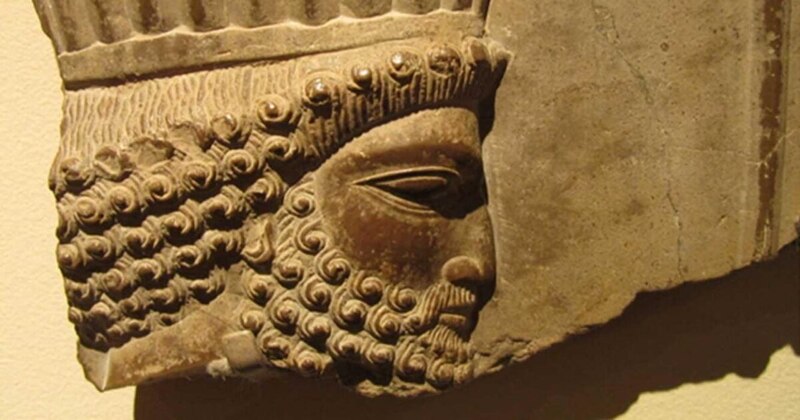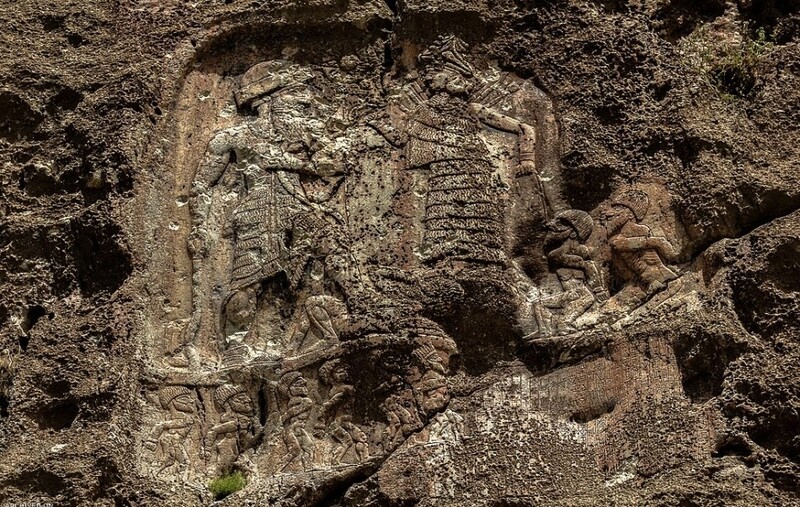The appearance of humans on Earth was not sudden. That is, it was not that humans had all their abilities in the beginning, but that humans lived simply at the beginning of their appearance. Then males and females met, followed by families and society emerged. They later established tribes as the first principle of society. Later, as a result of marriage, kinship, and blood ties, groups of people gathered around each other, eventually being further bound together by work, defense, and common interests.
These changes, the formation of society, and the expansion of human thought advanced life. This progress eventually found itself in the establishment of regional and monarchical powers.
Kurdistan, as the ancient Kurdish land, has not been exempt from these events and changes, so in order to introduce the inhabitants of ancient Kurdistan, the most important ancient groups of that land are:

1- The Suites
The first reference to this group is in the writings of the Sumerian king (Soshin 2036-2028 BC) called Subar, which refers to the areas southwest of Lake Van. "Bar" also means "outside" in Sumerian. The meaning of "Subar" was the group that lived in the highlands around the border of the Sonaris.

2. The Lullubis
The appearance and settlement of the Lullubis in Kurdistan dates back to the third millennium BC. They settled in the plains of Sharazur and Zahaw, known to the Assyrians as the country of Zamwa. They were also able to establish the Khamazi Empire in the third millennium BC and establish good relations with the Ebila Empire south of Aleppo. As for the economic life of the Lullubis, all that is known is that they knew agriculture, had livestock, and traded in slaves and household goods. Even at that time, their areas were among the best grain markets.
The Lullubis, on the other hand, spoke the language spoken by the "Akkadians" and used Akkadian customs and religion in their daily lives. This was obviously in addition to their own language and the worship of the god of the Sun, who was their greatest deity. For example, "Anubannini," who was their king, was called the god of the sky in Akkadian and was the name of their god of the Sun.

3. The Gutis
Historical records indicate that the people to the north and northwest of the Lullubis were called Gutis. They were the group in the third and second millennia BC that set Arapkha as their state center. Their first king, according to the Sumerian records, was named Irduizir, a contemporary of the Akkadian king Naram Sin. Their last king was Ilo Lomish, who conquered Akkad, the capital of the Akkadian Empire, and overthrew it.
The Gutis have historically been known to be fighting and brave people. They used "cuneiform" writing and Akkadian language alongside their own writing and language and worshiped the sun, known to them as "Arapkha". The "Guti or Kuti" dialect is believed to come from the "Krda" dialect coming from the Sumerian word "Kur", but because the Akkadians changed the letter "D" to "T", the word "Kur" became "Kut" and later the term "Kuti" was used as the inhabitants of the area "Kut".
The Gutis were the greatest power of the time, causing great fear to the Sumerians, Akkadians, and Assyrians. Even the Akkadian Empire collapsed by this group. The leader of this group was appointed by the Senate. This is a clear indication of the existence of a democratic system at that time in ancient Kurdistan. Unlike the kings of ancient history who ruled the territories until death, the Guti king ruled for seven years by decision of the council.
On the other hand, before he died or was killed in battle, or through a fault, he was removed by the council, and another of the purest, fittest, ablest, and bravest of the Guti people was chosen for the position. That is, their system of power did not continue by descendants or to death.
All Guti people were also subject to the same laws and principles of the state. The clergy assisted the council and their king in running the country. They were also at a high level in the field of art. The Gutis were known to the Sumerians and Akkadians as a white, tall, powerful race. Therefore, they were physically strong and were able to resist the powers of the time. This and the Gutis were expelled from Mesopotamia by the king of the Sumerian city of Warka Sumeri, Otohikal, and their rule ended.
To be continued...
Sources:
- Media, Dishner, Dr. Goenter, translated by Burhan Qane, Baghdad, 1978
- Part of Kurdish History, Professor Dr. Keywan Azad Anwar, Eleventh Edition, Sulaimani, 2021








